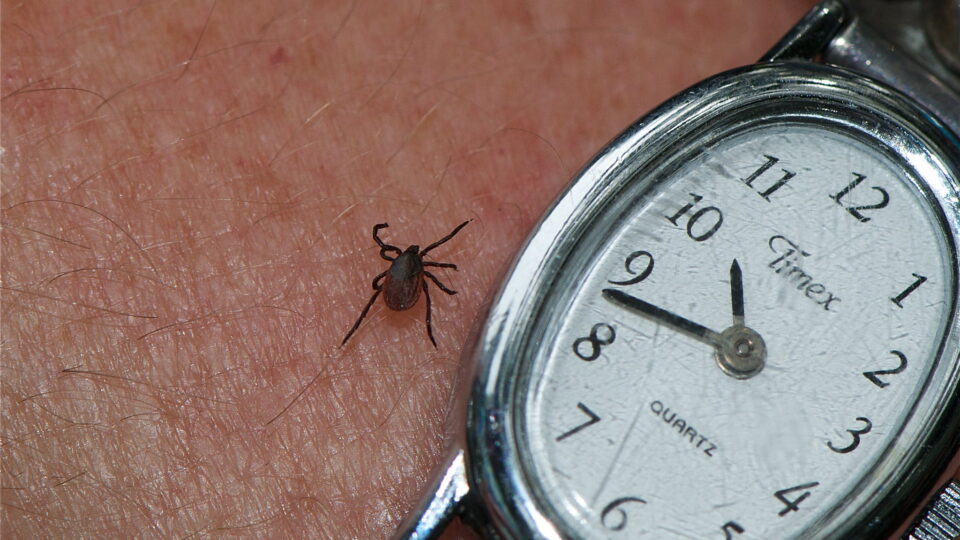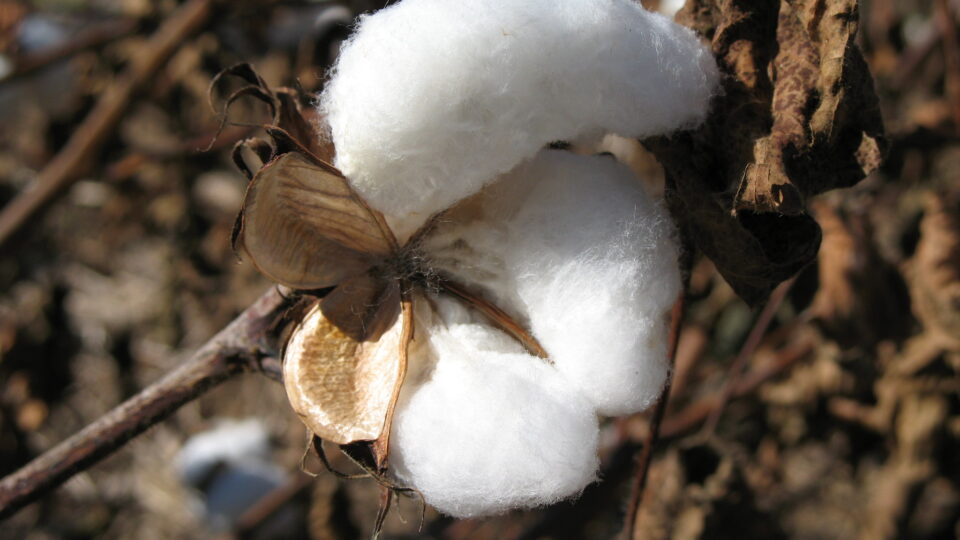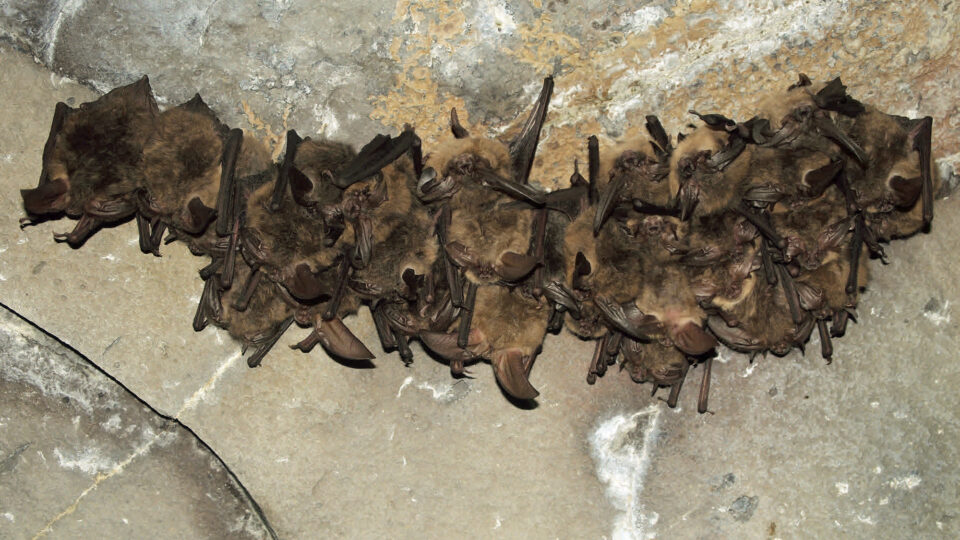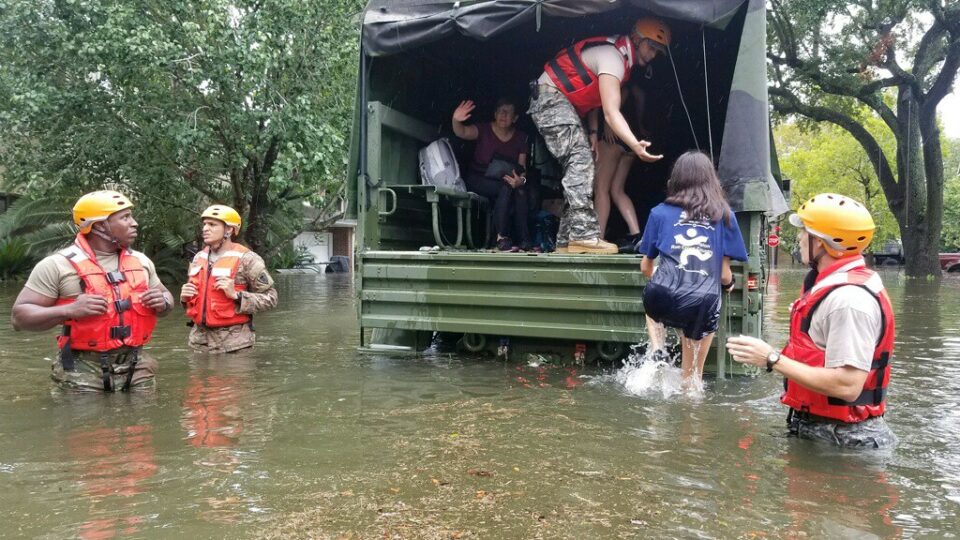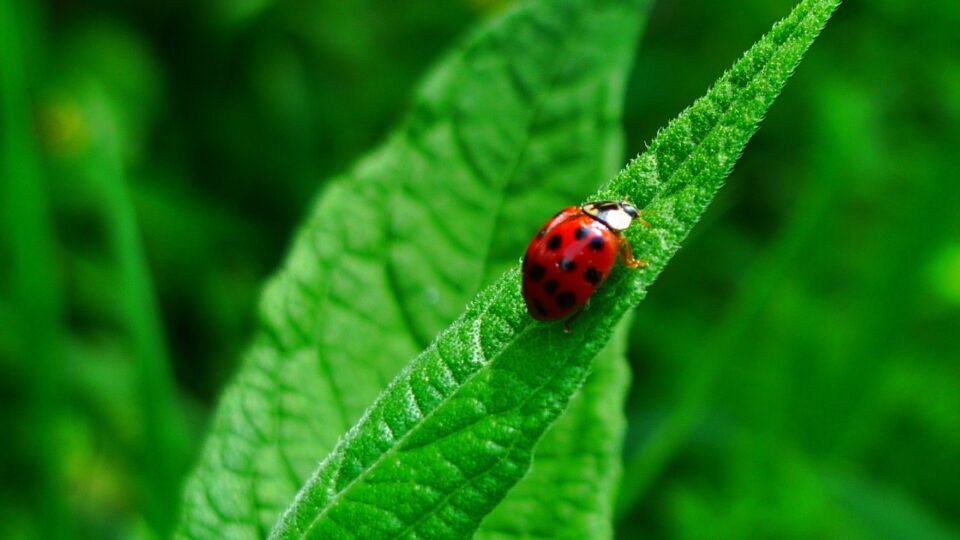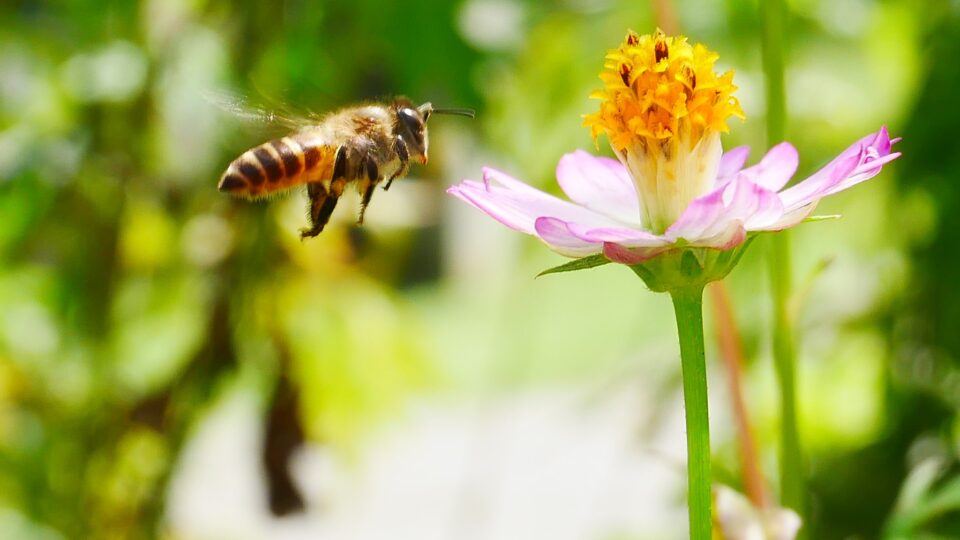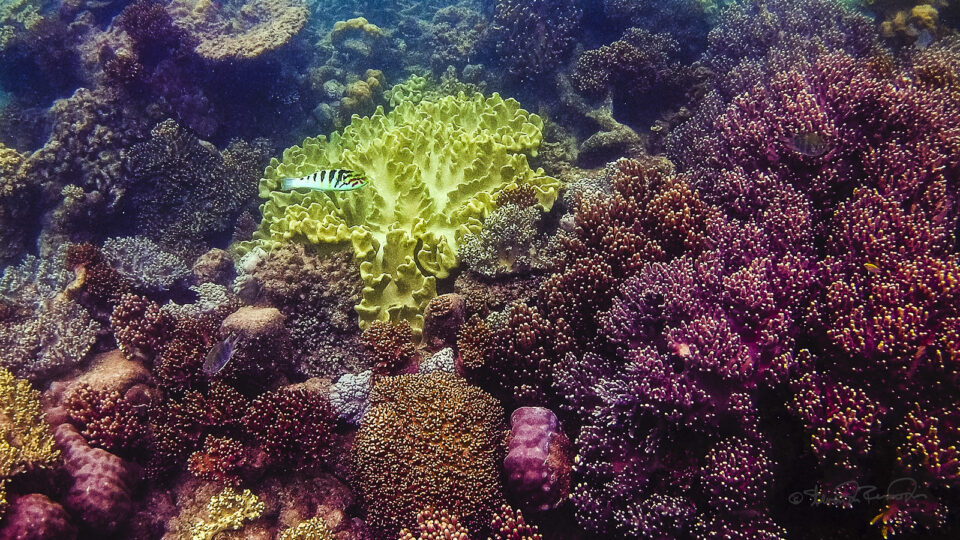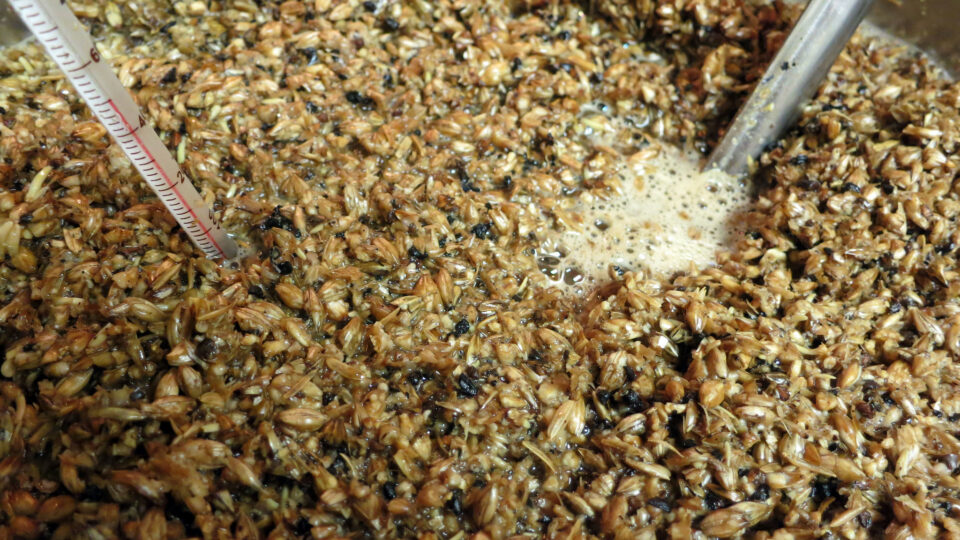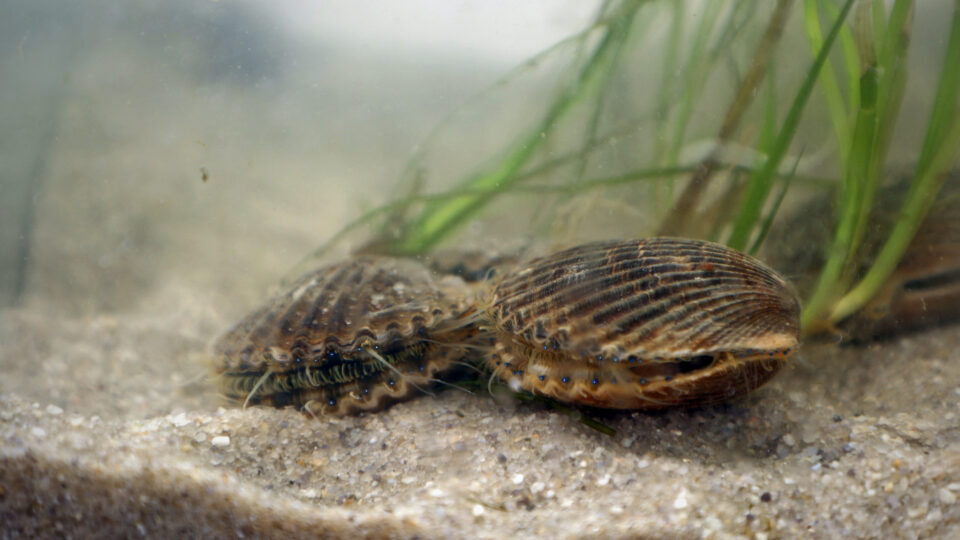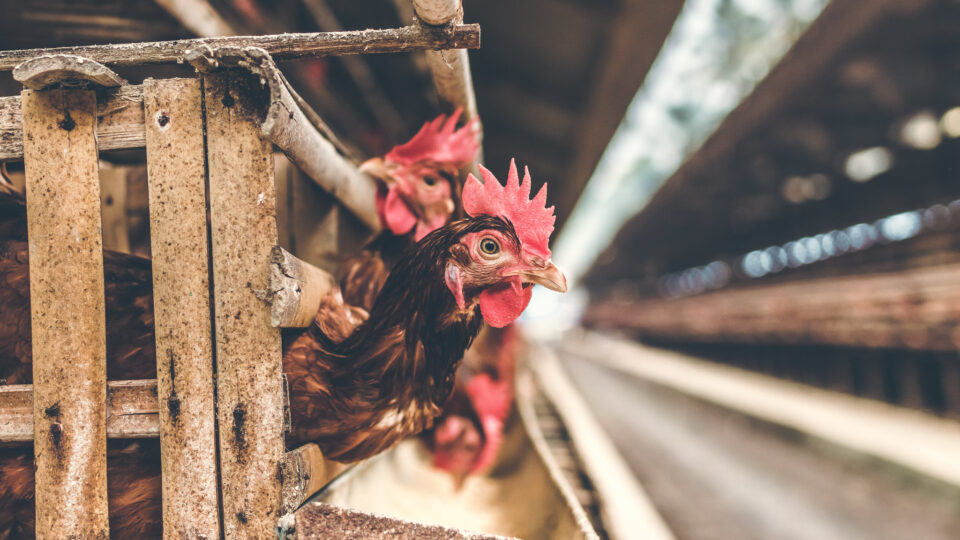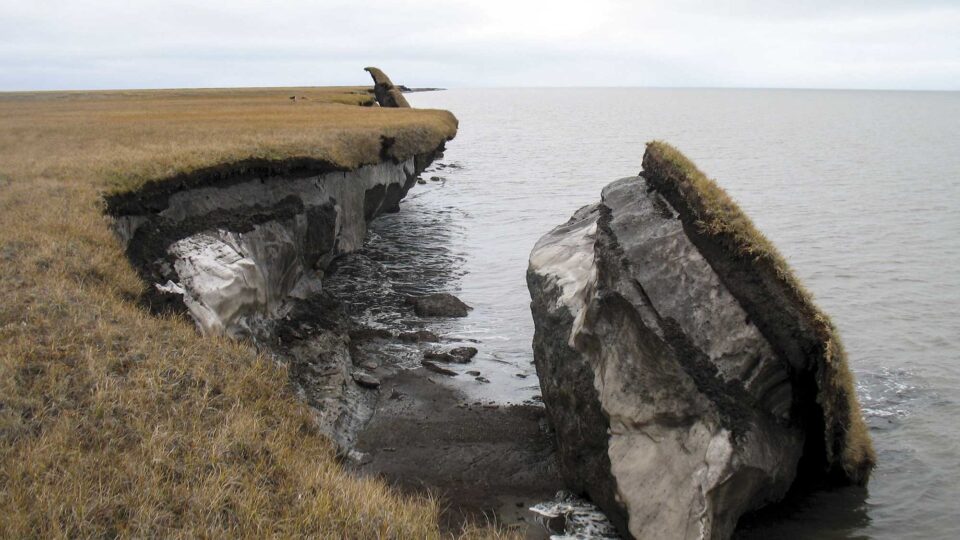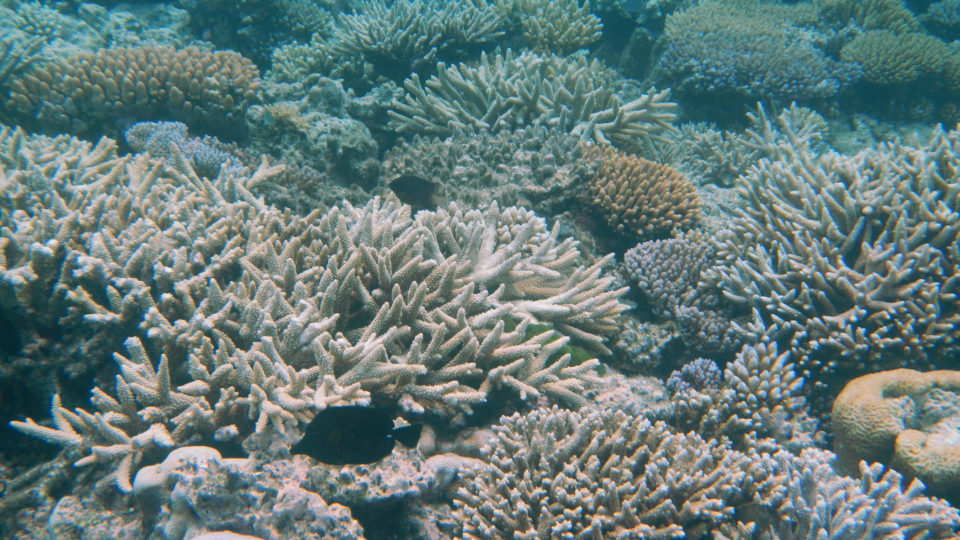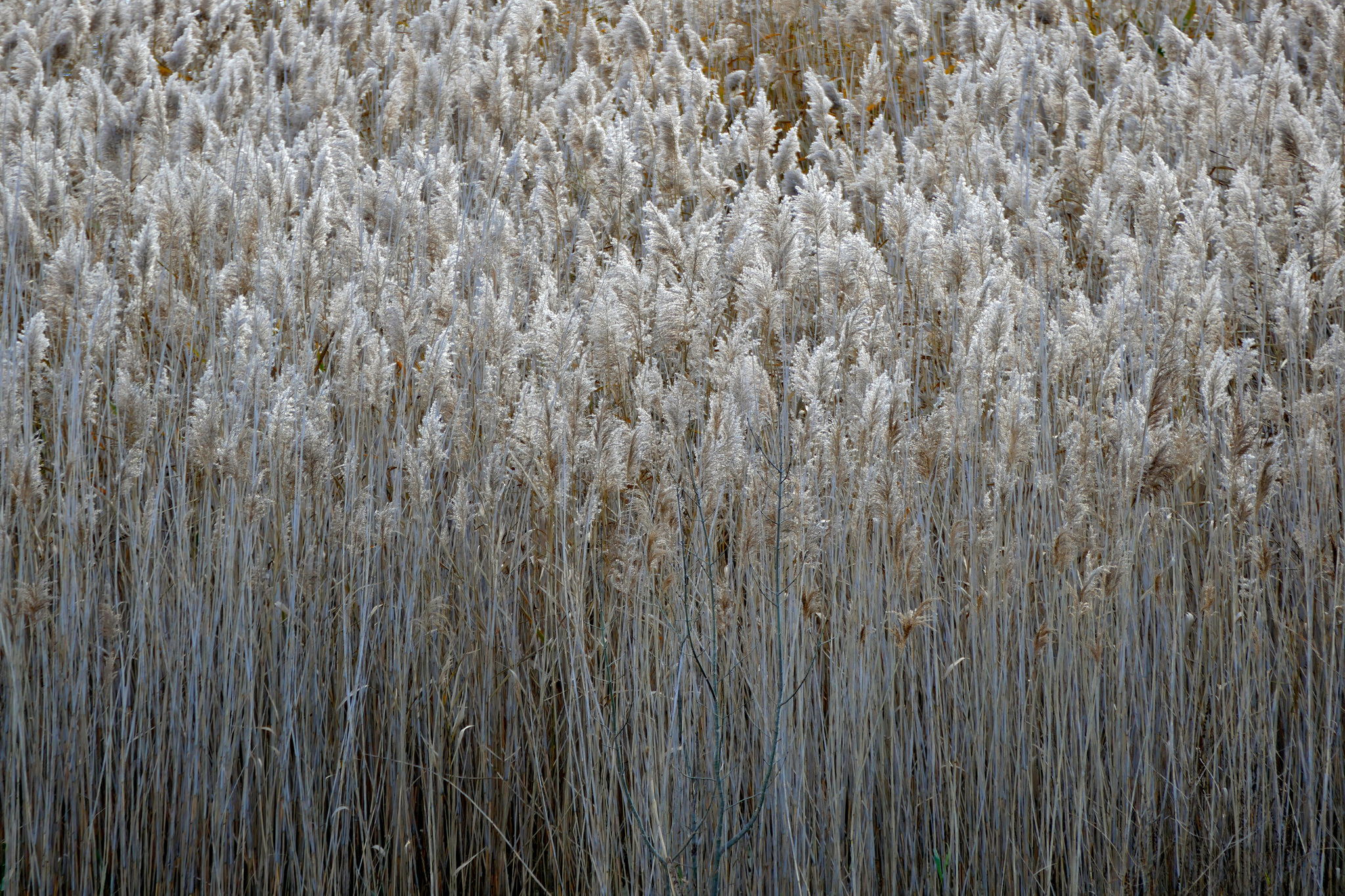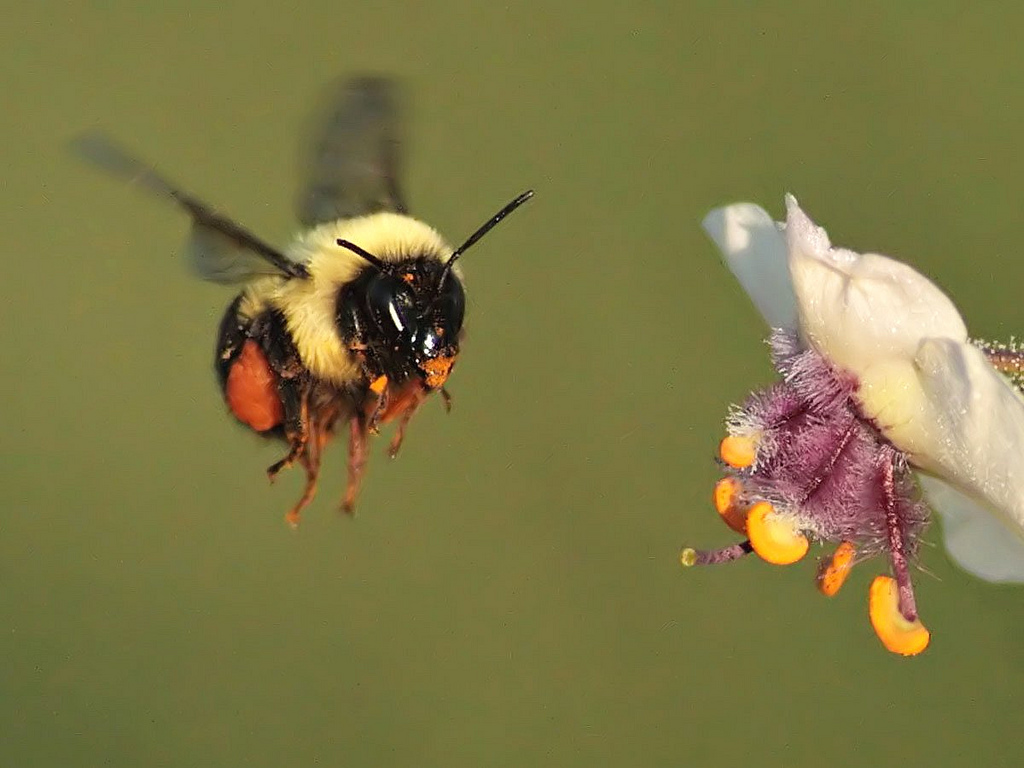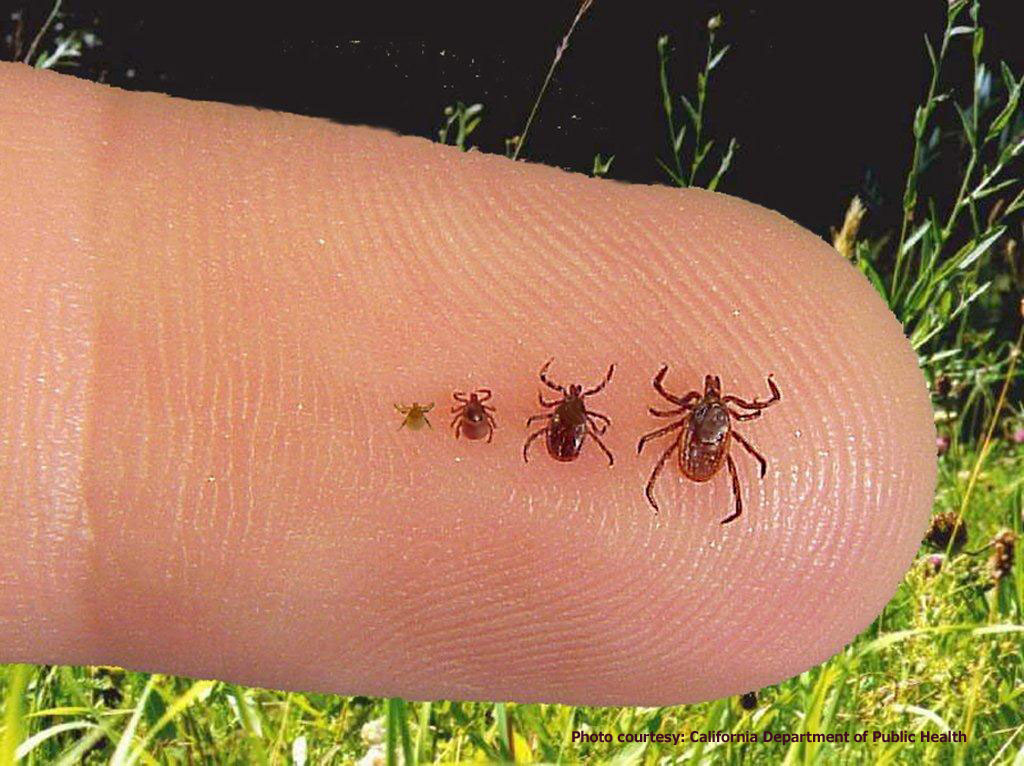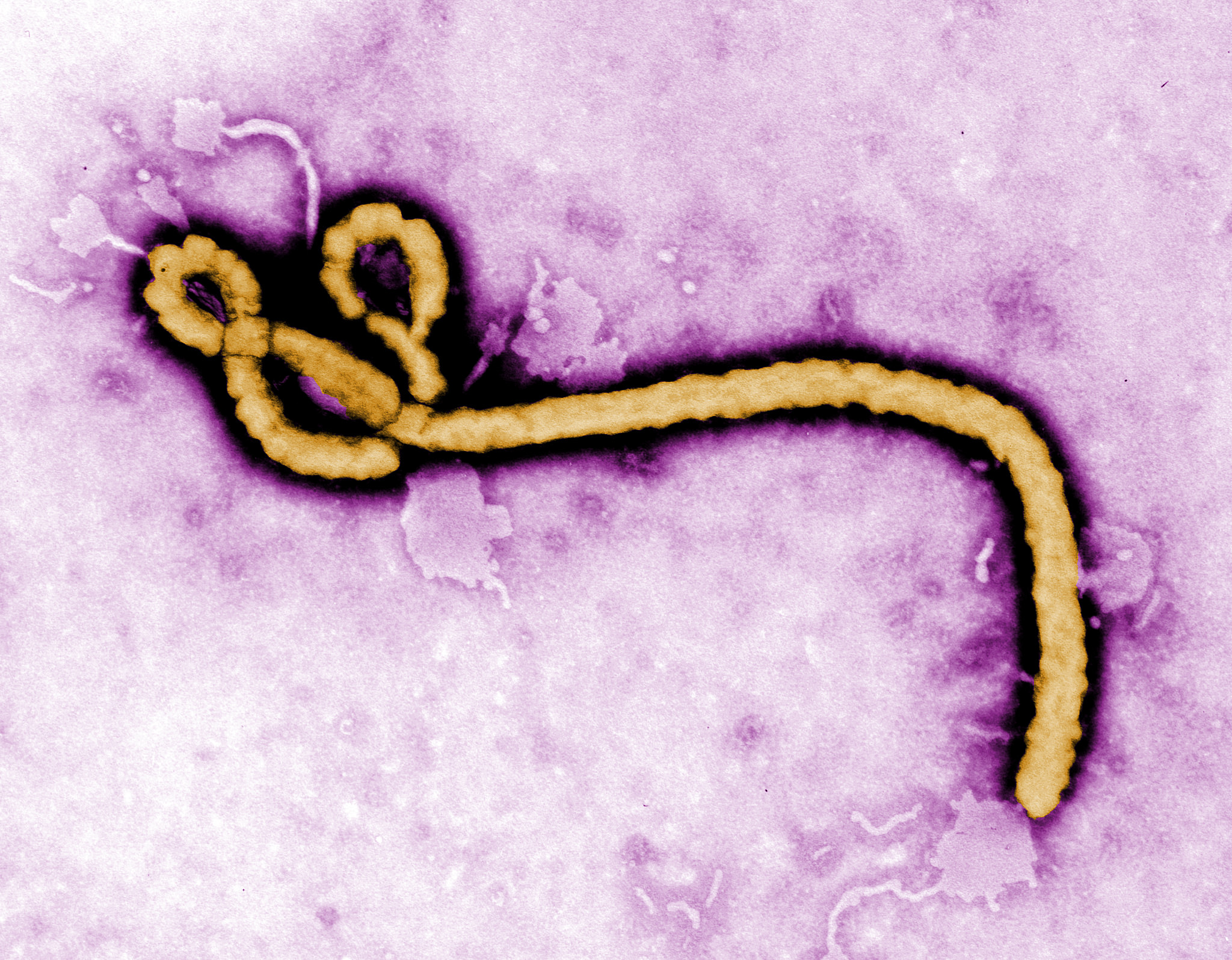Measuring only three to five millimeters in size, tiny ticks are a big problem. They are widely distributed in many parts of the world, especially in warm and humid climates. Ticks are arachnids – not insects – meaning they’re more closely related to spiders than to flies or mosquitos. They are external parasites that feast on the blood of birds, reptiles, amphibians, and mammals – including humans.
In the United States, ticks are responsible for spreading potentially life-threatening infectious diseases. According to estimates from the Centers for Disease Control and Prevention, ticks infect more than 300,000 people with Lyme disease in the U.S. every year, and the numbers continue to rise. Other common tick-borne diseases include anaplasmosis, babesiosis, Rocky Mountain Spotted Fever, and powassan encephalitis.
Ticks are becoming a problem in Canada as well. According to a new study by researchers from McGill University and the University of Ottawa, tick-borne pathogens are on the rise in Central Canada – a region where ticks were never previously detected.
In the study, the researchers collected ticks across Ontario and Quebec. They found that five emerging pathogens were present across their study sites, including the pathogens that cause Lyme disease and babesiosis. The researchers also found that pathogens can transmit in different ways. Typically, pathogens are transmitted to a tick after feeding from the blood of an infected host, like a small mammal. But the research team found evidence of pathogens that could be directly transmitted from adult female ticks to larval ticks.
According to the researchers, more comprehensive testing and tracking is needed to detect the spread and risks of tick-borne pathogens to humans and wildlife in Canada.
**********
Web Links
Tick-borne pathogens increasingly widespread in Central Canada
Photo, posted May 4, 2009, courtesy of Jerry Kirkhart via Flickr.
Earth Wise is a production of WAMC Northeast Public Radio
